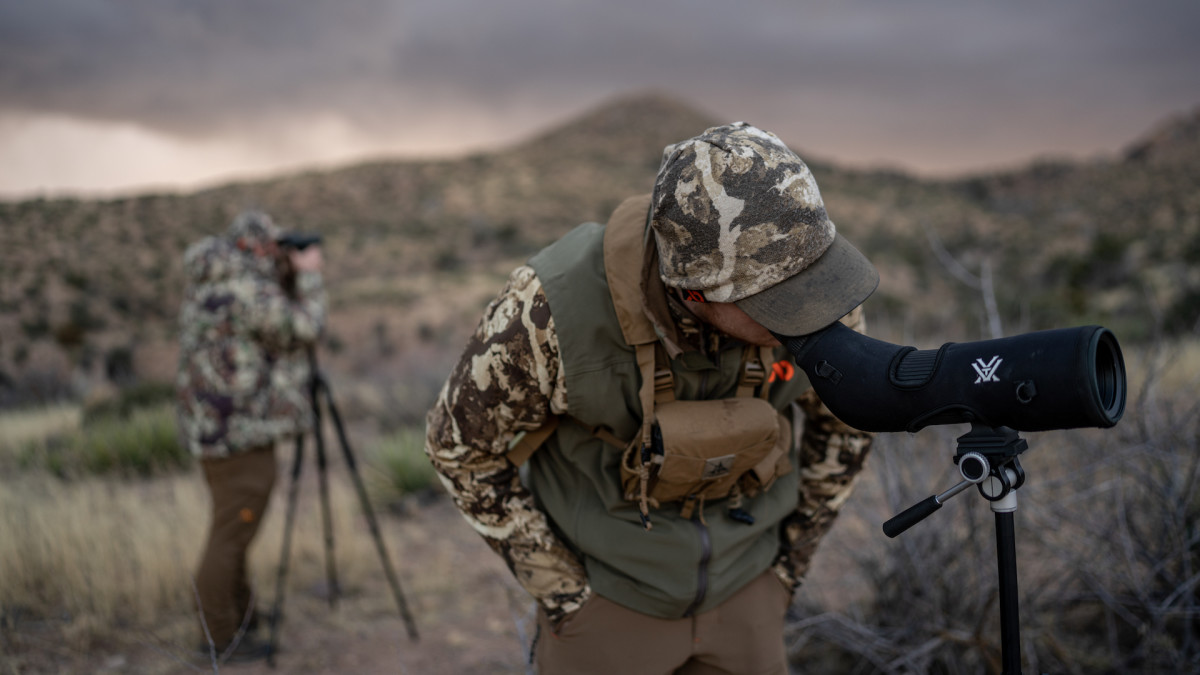
Comb through a Cormac McCarthy novel multiple times, and you’ll be amazed at what you missed. The same goes for glassing big game with a spotting scope. And while you still might have to scan until your eyes fall out, some spotters can make that job easier. From whitetails to Dall sheep and everything in between, the MeatEater Crew has spent countless hours glassing. To find the best spotting scopes, I interviewed some of the crew to find out which ones they use to locate big critters.
Jump to: The Spotting Scopes We Use
What We Look for in a Good Spotting Scope
Spotting scopes are no small investment, and these picks check all the boxes for us. Even if you opt for a spotter that’s not on this list, make sure you consider these criteria before dropping any cash.
- Optical Quality
- Magnification
- Size
- Warranty
We look for spotting scopes with great glass and the necessary magnification for our hunting needs. Spotting a deer and actually counting its tines might be the difference in several hundred, or a thousand, dollars. The size of a spotter tends to be more subjective, but a solid warranty (preferably lifetime) is a must.
Jump to: What Makes a Good Spotting Scope
The Spotting Scopes We Use
I’d be willing to bet my own spotting scope that the MeatEater crew spends more time glassing than most hunters actually spend hunting. There are plenty of great spotters that didn’t make this list, but you’d be hard pressed not to find a solid option here.
 Vortex Razor HD 22-48x65 Steve's Pick
|
 Swarovski ATX Janis’s Pick
|
 Vortex Viper HD 15-45x65 Mark's Pick
|
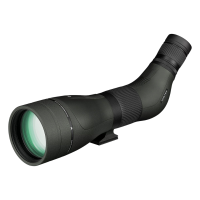 Vortex Viper HD 20-60x85 Tony's Pick
|
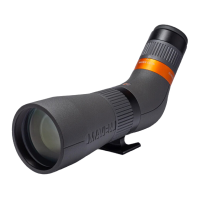 Maven CS.1A Adam's Pick
|
|
|---|---|---|---|---|---|
| Highlight | Best for Backcountry Hunts | Best Overall | Best for Whitetail Hunters | Best Magnification | Best Value |
| Magnification | 22-48x | Depends on the eyepiece | 15-45x | 20-60x | 15-45x |
| Objective Lens | 65mm | 95mm | 65mm | 65mm | 65mm |
| Weight | 56.8 oz. | 47.3 oz. (module only) | 59 oz. | 76.6 oz. | 40.4 oz. |
| Price | $1,299.99* | $5,442* | $699* | $499.99* | $800* |
| Field Notes | Field Notes | Field Notes | Field Notes | Field Notes |
Jump to: Field Notes
What Makes a Good Spotting Scope
Even "cheap" spotting scopes aren't cheap, and there's a great divide between the affordable and ridiculously expensive ones. That's why we consider these four factors before buying one.
- Optical Quality
- Magnification
- Size
- Warranty
Distinguishing the number and size of tines on antlered animals, especially in distant, low light conditions, requires decent to high quality glass. This is where expensive spotters earn their keep. The difference between a $500 and $2000 spotting scope becomes glaringly apparent at dawn/dusk.
Hunters glassing beanfields or prairies for whitetails can get away with a spotter that has max 45x capabilities. But if you’re scouring distant drainages or thick hillsides, more zoom might come in handy. Just know that cheap glass tends to get blurrier near those max ranges. If you really want to get the most out of a 65x spotter, get ready to drop some cash.
Full-sized spotters with a 85mm or larger objective lens provide maximum range and viewing capabilities, but they might not prove ideal if you’re trying to keep the weight down. If that’s the case, opting for a spotter with a 65mm objective lens and less magnification will save some room in your pack.
Spotting scopes aren’t cheap. Extreme conditions, accidents, and forgetful buddies can be hell on a spotter. Just make sure yours comes with a warranty that covers your investment.
Field Notes from the MeatEater Crew
Steve's Pick
Best for Backcountry Hunts
Carrying a large spotter isn’t always feasible, especially if you’re hunting the backcountry. A spotter like the Vortex Razor HD 22-48x65 will give you plenty of viewing capabilities and save you pack weight.
"I do a lot of glassing from my binos, but there are days when a little more horsepower is needed. This scope is light enough that I don’t mind carrying it but has range to cover country my legs can't."
Specifications
- Magnification: 22-48x
- Objective Lens: 65mm
- Weight: 56.8 oz.
- Price: $1,299.99
Janis's Pick
Best Overall
If you’re looking for the alpha in this pack of spotters, the Swarovski ATX (95mm objective) leads the way. Just know its clarity, low light capabilities, and zoom will run you just north of $2000 for the body alone. That’s right, you’ll still need to buy an eyepiece, which doubles the price. MeatEater’s Janis Putelis needs bonafide confirmation before covering a ton of country, and the ATX gives him that and more.
"Yes, it's heavier than smaller scopes, but when I carry a spotting scope, it's for a reason. And that's to carefully judge the length of tines or other features of an animal's antlers or horns. I want the clearest picture possible at the furthest distance possible. When friends look through the 95 for the first time, it's always the same reaction, 'wow!'"
Specifications
- Magnification: Depends on the eyepiece
- Objective Lens: 95mm
- Weight: 47.3 oz. (module only)
- Price: $5,442
Mark's Pick
Best for Whitetailers
Most Whitetail hunters—particularly those east of the Mississippi—can get by without a spotting scope. But if you plan on hunting the plains states or want to improve your scouting in ag country, the Vortex Viper HD 15-45x60, Mark Kenyon’s go-to spotter, can help you lay eyes on a buck at last light.
"This is all the spotting scope you need for whitetails and nothing more—making this a great bang-for-your-buck option for deer hunters. This spotter gives me enough range to clearly see whitetails far back in beanfields while scouting in the summer and enough low light functionality to get my eyes on bucks at last light."
Specifications
- Magnification: 15-45x
- Objective Lens: 65mm
- Weight: 59 oz.
- Price: $699
Tony's Pick
Best Magnification
First sits can sometimes be the most successful. And if you can nail down a buck’s pattern without announcing your presence, you’re giving yourself a real shot at filling your tag and cooler. Tony Peterson prefers the Vortex Viper HD 20-60x85, because the large objective lens and ample magnification allows him to “stay far, far away from the bucks” he wants to observe.
"Most of my long-distance scouting involves summertime, or in-season, whitetails. I love the Vortex Viper HD 20-60x85 for this task because it offers crisp viewing in low light. Paired with a good tripod, the Viper HD is an excellent choice for long-range recon in all types of lighting conditions."
Specifications
- Magnification: 20-60x
- Objective Lens: 65mm
- Weight: 76.6 oz.
- Price: $499.99
Adam's Pick
Best Value
Thanks to Maven’s direct to consumer model, the CS.1A 14-45x65 punches well above its weight class, and you’d be hard pressed to find a brighter spotting scope in this price range. It’s not a budget spotter by any means, but at $800 you get a ton of value. Controls are precise, smooth, and they don’t stray. Clarity drops near the max magnification, but I’ve been impressed with its brightness in lowlight conditions. While it doesn’t include a sunshade, the glass in the CS.1A does a great job dispersing light and mitigating major glares when you need to glass into the sun. If you want a bright, versatile spotting scope below the $1000 mark, I can’t think of a better option.
Specifications
- Magnification: 15-45x
- Objective Lens: 65mm
- Weight: 40.4 oz.
- Price: $800

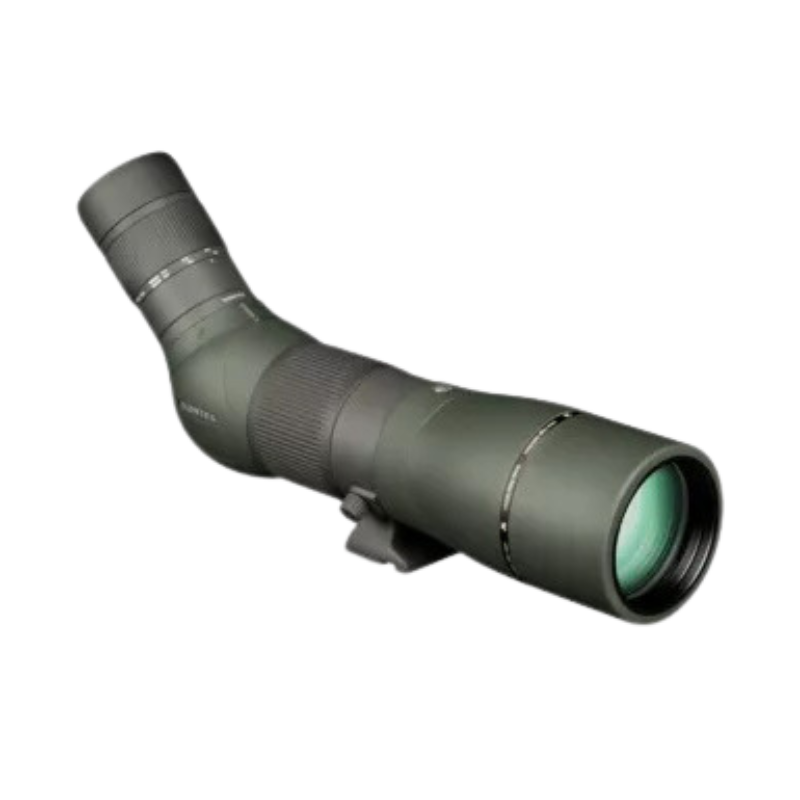

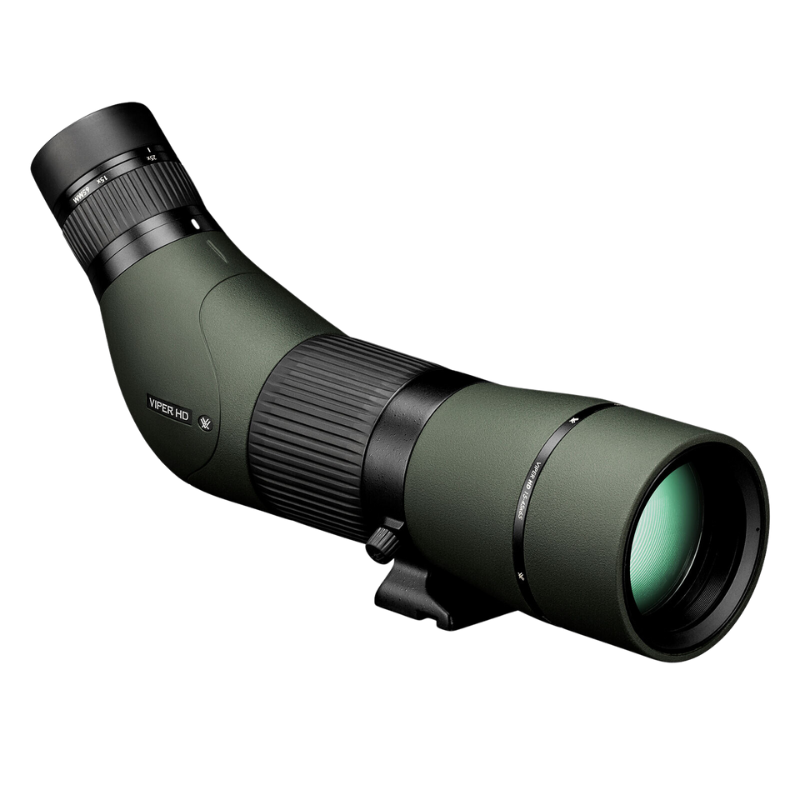

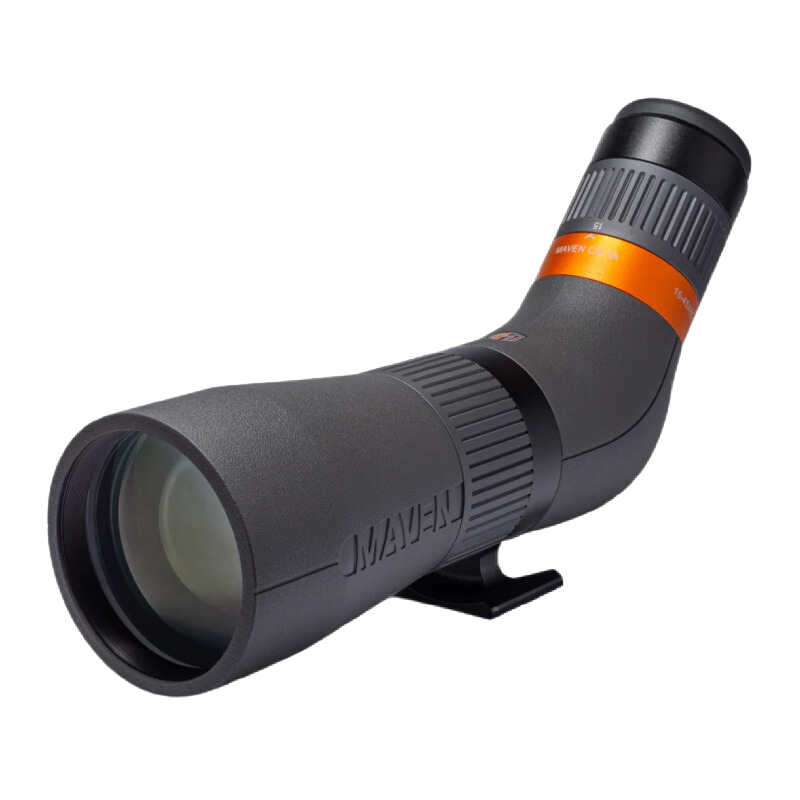
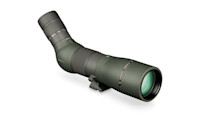
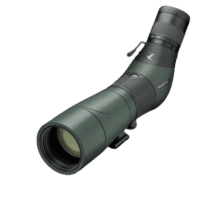
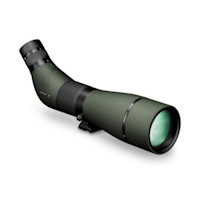
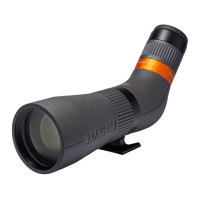





Conversation